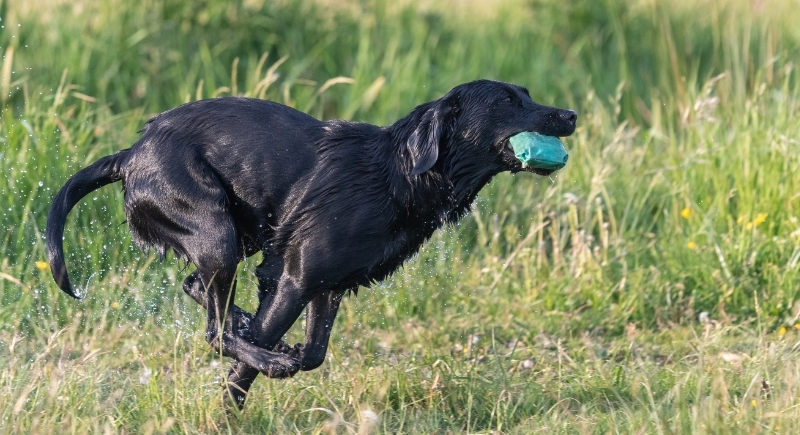The Internet Is in Love with This Labrador and His Obsession with a Pool Toy
A Labrador named Ziggy became the center of online attention after a video showed him swimming in a dog-friendly pool with a toy fish in his mouth. The clip gained tens of thousands of upvotes on Reddit after viewers noticed how visibly excited he was first to get to the toy, then to swim with it, as he gripped it tightly as he powered through the water with total focus.
Ziggy’s Behavior Reflects Breed-Based Drive
Labrador Retrievers have a long history of water work, especially since they were originally bred to retrieve fishing nets and waterfowl. Their instinct to carry and grip objects in water remains strong. Ziggy’s repeated return to his fish toy lines up with that inherited behavior. He swam in a controlled setting, Maryland’s K9 Aquatic Center, built specifically for dogs to exercise and recover through water activity.
The setting allowed Ziggy to operate freely in an environment designed for his natural movement. His retrieval from the rack isn’t unusual when viewed through the lens of breeding. Labs thrive when given tasks with structure, and swimming with a floating object in water offers both physical and mental stimulation.
Toys Can Offer Emotional Regulation and Focus
Ziggy’s fixation on a single object mirrors what experts describe as toy imprinting. Dr. Adam Christman, a veterinarian who studies dog behavior, explains that some things become a source of emotional regulation. Dogs often assign comfort value to specific textures, smells, or familiar items introduced at key developmental stages.
In Ziggy’s case, the item may activate emotional familiarity through texture or weight. Research also says that dogs tend to form connections to certain objects that resemble puppies or prey. These toys function as emotional anchors that dogs return to for reassurance.
Some dogs will sleep beside them or carry them during stressful moments. Trainers observe that toy bonding increases trust and can reduce anxiety in unfamiliar settings. The consistency of a favorite toy provides sensory predictability that dogs recognize.
Object Fixation is Different from Obsession

Image via Getty Images/Tom Meaker
Most people might assume this kind of intense connection to an object signals something unhealthy. It’s easy to watch a dog fixate on an object and think it’s a sign of obsession. But specialists draw a clear line between attachment and compulsive behavior.
A dog who uses an item for comfort, rest, or regular play within a normal daily routine isn’t displaying a problematic pattern. True obsession involves distress when the toy isn’t present—things like whining, pacing, refusal to eat, or becoming overly protective of the item.
Experts explain that compulsive bonds often show up in dogs dealing with separation anxiety or boredom. When something starts to replace essential functions like sleeping, eating, or moving around freely, that’s when concern becomes valid.
Ziggy’s actions don’t show any of those signs. He stays engaged, shows energy, and interacts comfortably with his surroundings. His enthusiasm looks more like consistency than compulsion.